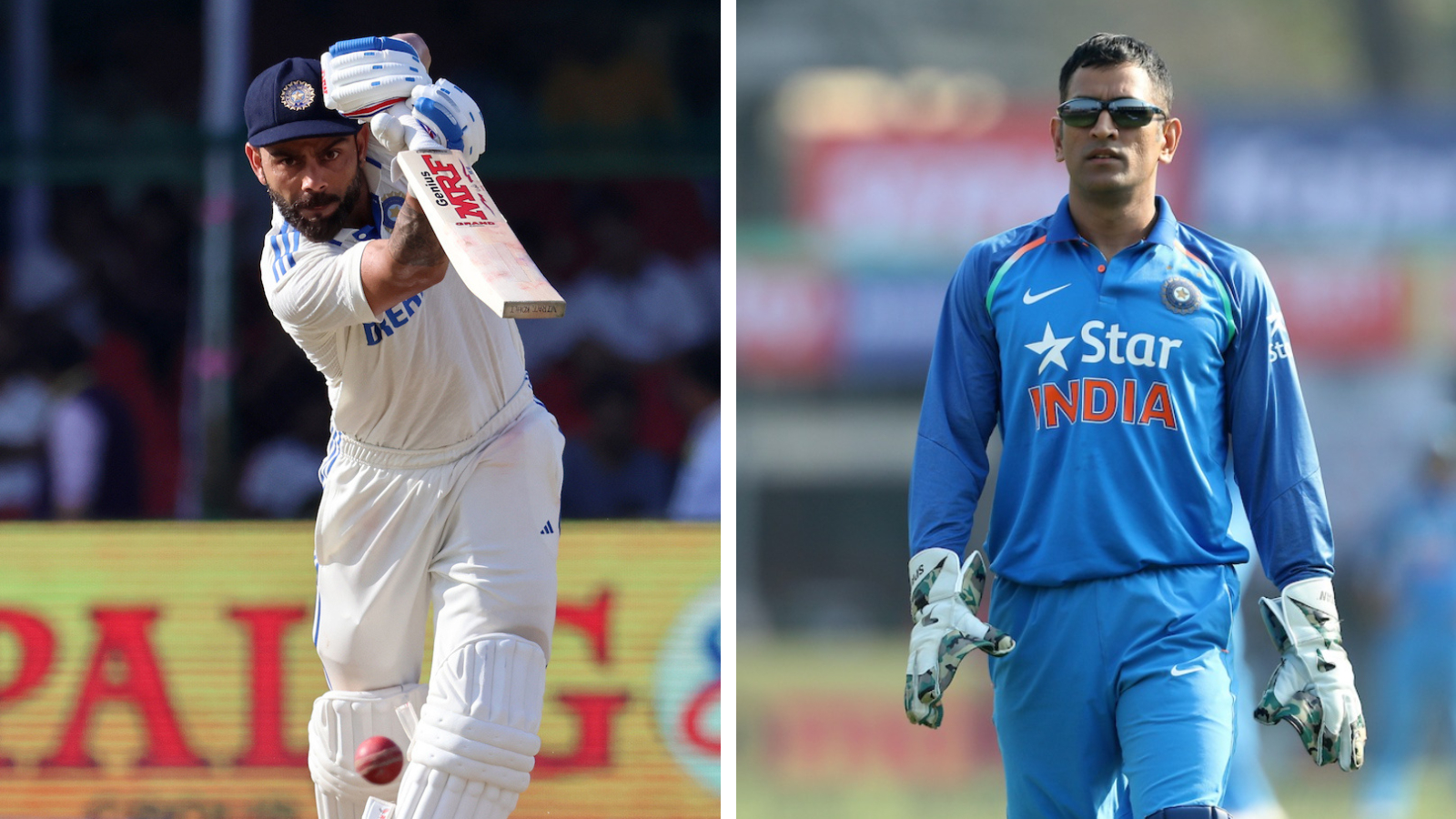In the first Test between India and New Zealand, India’s decision to bat first under overcast conditions proved to be a costly mistake, as the visitors seized the initiative with a dominant bowling performance. Choosing to bat after winning the toss, Indian captain Rohit Sharma aimed to build a solid foundation but faced immediate challenges from New Zealand’s well-disciplined bowling attack.

Source:- bbc news
Promoting Virat Kohli to No. 3 in the batting order was a strategic move intended to stabilize the innings, but it quickly backfired. Kohli, returning to form after a series of low scores, found himself in a precarious position as New Zealand’s bowlers exploited the cloudy conditions, generating significant swing and seam movement. The Indian batsmen struggled to cope, and Kohli’s dismissal for a low score added to the mounting pressure
Source:- news 18
New Zealand’s pace trio of Tim Southee, Trent Boult, and Kyle Jamieson operated with precision, taking advantage of the overcast conditions that favored bowlers. The Indian batsmen, accustomed to more favorable batting conditions, faltered early in their innings. The dismissal of key players, including Rohit Sharma and Cheteshwar Pujara, left India reeling at 50 for 4, and the situation only worsened from there.
As the innings progressed, New Zealand’s bowlers maintained their intensity, restricting India to a modest total. The decision to bat first under clouds and promote Kohli, intended to bolster the batting lineup, instead placed the team in a precarious position. New Zealand capitalized on the situation, taking control of the match and setting the tone for the remainder of the Test.
With their strong start, New Zealand will look to build on their advantage, while India will need to regroup quickly to turn the tide in their favor as the series unfolds.
SHARE YOUR VIEWS IN THE COMMENTS

